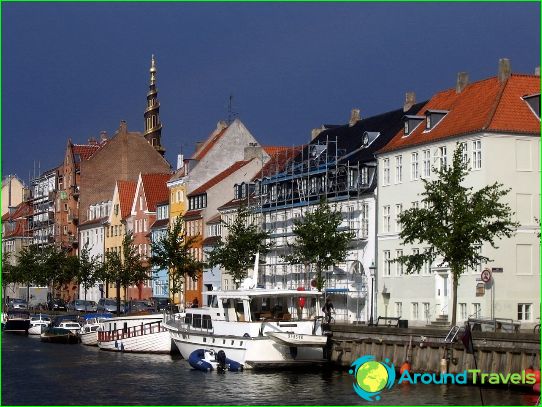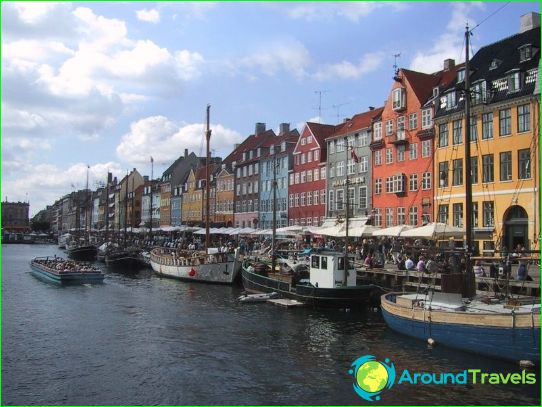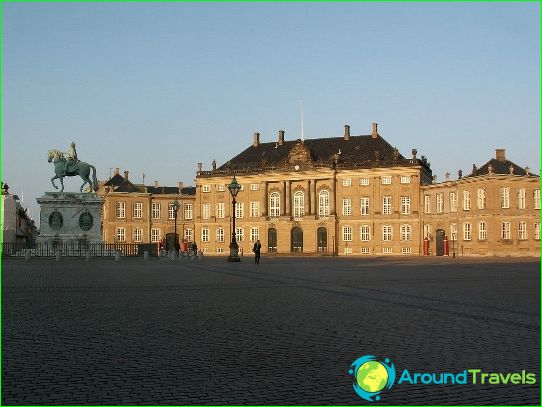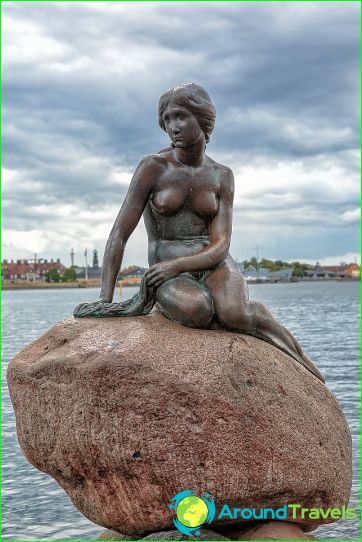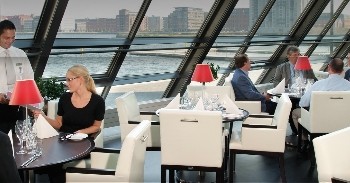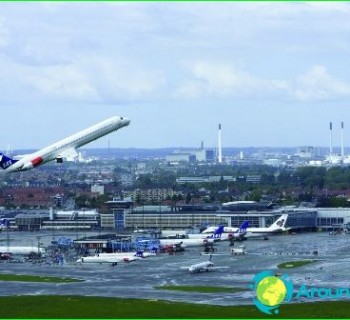Copenhagen history
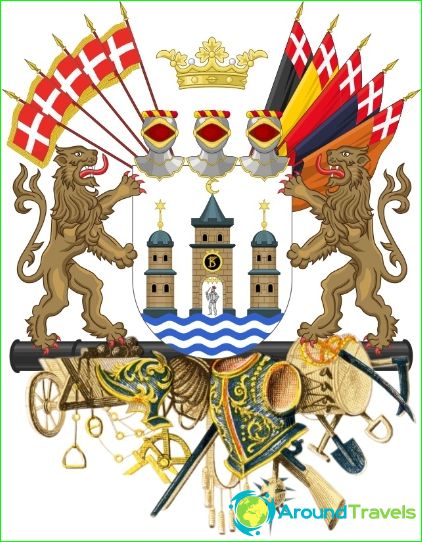
Copenhagen is the capital and largest city of Denmark, as well as one of the most beautiful and interesting cities in Europe with many different historical, cultural and architectural monuments.
Archaeological research has shown that a small settlement on the site of modern Copenhagen existed at the turn of the 10-11th centuries and, most likely, was founded by Sven I Forkbeard. Officially, the founding date of Copenhagen is 1167, and its founder is Bishop Roskilde (the ancient capital of Denmark) Absalon, who at that time was also an adviser to King Valdemar I the Great received an order from the monarch to build and well fortify the city on the east coast of the island of Zealand in order to ensure control and the protection of the Øresund Strait. So, under the leadership of Bishop Absalon on the small island of Slotsholmen, which became an outpost of Copenhagen, a fortress was built.
Middle Ages
Copenhagen grew and developed rapidly and already in 1254 received the status of a city and a number of privileges. Given the strategic position of the city and its «perspective», it is not surprising that Copenhagen has always been in the sphere of interests of the Hanseatic League, after another attack of which, in fact, in 1369, the city and the fortress of Absalona were thoroughly destroyed. In 1397, in opposition to the Hanseatic League, Denmark, Norway and Sweden concluded the so-called Kalmar Union, in which Denmark took the leading position..
In 1410, on the site of the ruins of the old fortress, the construction of the castle began, within the walls of which, already in 1416, the royal residence of Eric of Pomerania was located. In 1443 Copenhagen was officially assigned the status of the capital. In 1448, the first coronation ceremony took place in Copenhagen, and Christian I, the founder of the Oldenborg dynasty, ascended the throne. In 1479, Christian I founded the first university in Denmark - Copenhagen University, which today is one of the oldest universities in Europe.
In 1536, the wave of the Reformation reached Copenhagen, which resulted in the fall of Catholicism and the establishment of Lutheranism as the official religion of Denmark. After the unrest subsided, the city continued to develop and significantly expanded its trade relations. The main transformations of the city began in 1588 with the accession to the throne of Christian IV (1588-1648). This period in the history of the city was marked by the construction of the Arsenal, the Börsen stock exchange and the building of the observatory (Round Tower), the founding of the international trade Danish East India Company (1616), as well as such large-scale projects as the Rosenborg castle, the Kastellet citadel and the Christianshavn district (the last two were completed already the successors of Christian IV).
Ups and downs
The 18th century brought the plague (1711) and a strong fire (1728) to Copenhagen, as a result of which about 30% of the city's buildings were destroyed. Unfortunately, a large part of medieval Copenhagen was lost forever. Restoration work and new projects have significantly changed the architectural appearance of Copenhagen. Among the most interesting and grandiose urban planning decisions in Copenhagen in the 18th century, one can single out the construction of the Christiansborg royal residence and the prestigious Frederiksstaden district, which today is considered one of the most outstanding Rococo complexes in Europe. The opening of the Danish Royal Theater in 1748 was also an important event for the city. Copenhagen was seriously damaged by the fires of 1794-1795.
The beginning of the 19th century was also extremely difficult for Copenhagen. The famous naval battle in April 1801 between the English and Danish fleets, as well as the bombing of Copenhagen in 1807 (which was a kind of preemptive strike by the British after Denmark's decision to join the continental blockade conducted by the French emperor Napoleon against Great Britain), certainly had a number of negative consequences. Denmark, which had previously observed neutrality, was drawn into the Napoleonic wars as part of the Anglo-Danish war, by the end of which it was actually on the verge of financial and political collapse, which accordingly affected Copenhagen..
And yet, despite a number of disasters, the 19th century went down in history under the name «Denmark's golden age», finding its reflection in painting, architecture, music and literature. In the second half of the 19th century, Copenhagen significantly expanded its borders and experienced a powerful wave of industrialization, which turned the city into a major industrial and administrative center by the beginning of the 20th century..
In World War I, Denmark was neutral and Copenhagen flourished through trade with both Britain and Germany. During the Second World War, the city was occupied by the Germans and suffered significant destruction. Shortly after the end of the war, an innovative development project for Copenhagen was developed, known as the plan «Finger», the implementation of which began already in 1947.
Today Copenhagen is the political, economic and cultural center of Denmark, one of the main financial centers of Northern Europe, as well as one of the richest and most expensive cities in the world..
